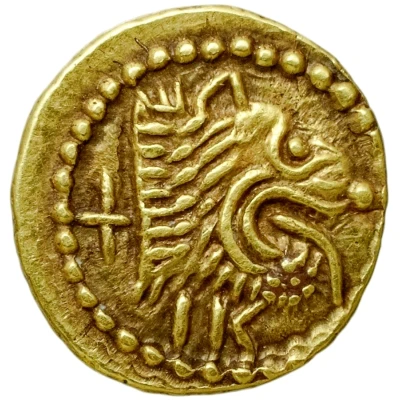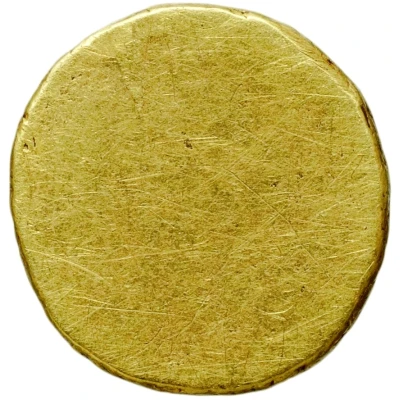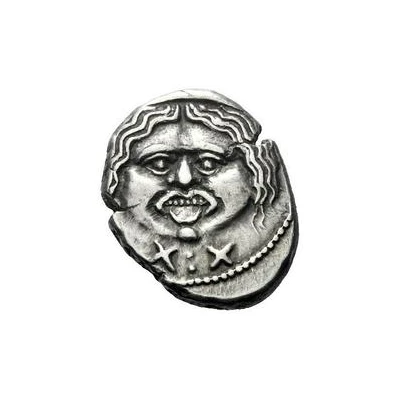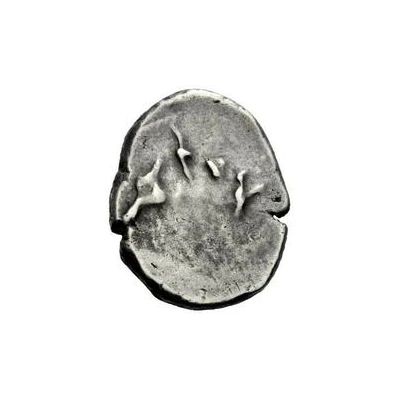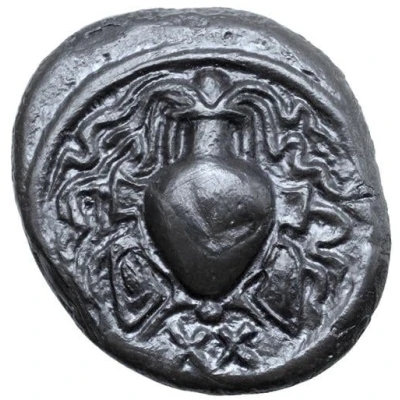
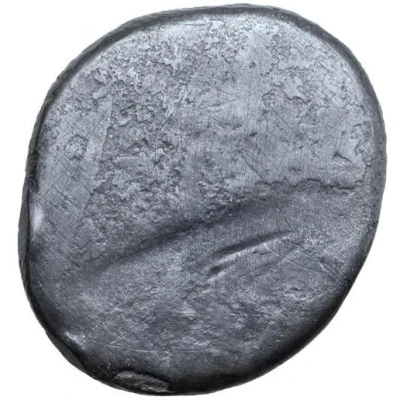

© Roma Numismatics Limited
Silver 20 Asses Amphora / Octopus series 450 BC - 401 BC
| Silver | 22.55 g | 29 mm |
| Issuer | Populonia (Etruria) |
|---|---|
| Type | Standard circulation coin |
| Years | 450 BC - 401 BC |
| Value | 20 Asses |
| Currency | As (circa 475-201 BC) |
| Composition | Silver |
| Weight | 22.55 g |
| Diameter | 29 mm |
| Shape | Round (irregular) |
| Technique | Hammered |
| Demonetized | Yes |
| Updated | 2024-10-09 |
| Numista | N#178535 |
|---|---|
| Rarity index | 97% |
Reverse
Blank (uniface).
Edge
Plain
Comment
Seven examples are known, with only three being in private collections.The Amphora / Octopus series coinage were first attributed to Pisae; however, there has been no evidence this type was found in or around that area. The attribution was decided solely based on how the Greek name for octopus sounds similar to the name of the first inhabitants of Pisae (Teuthìs or Teuthòs / Teuta-Teutones). New evidence points to the Amphora / Octopus series fitting in with the coins of Populonia.
There has been much controversy on dating Populonian coins, and as such, the date ranges my vary per source.
The Ampora / Octopus series was struck using Populonia's second silver standard, which is equal to the first silver standard except with the weights of all denomination being halved.
Interesting fact
One interesting fact about this coin is that it features an octopus on one side and an amphora on the other, which is a unique combination of symbols for a coin from that time period. The octopus was likely a symbol of the sea and trade, while the amphora represented the wine and oil that were important commodities in the region. This coin is a rare example of how ancient cultures used their currency to showcase their artistry and symbolism.
